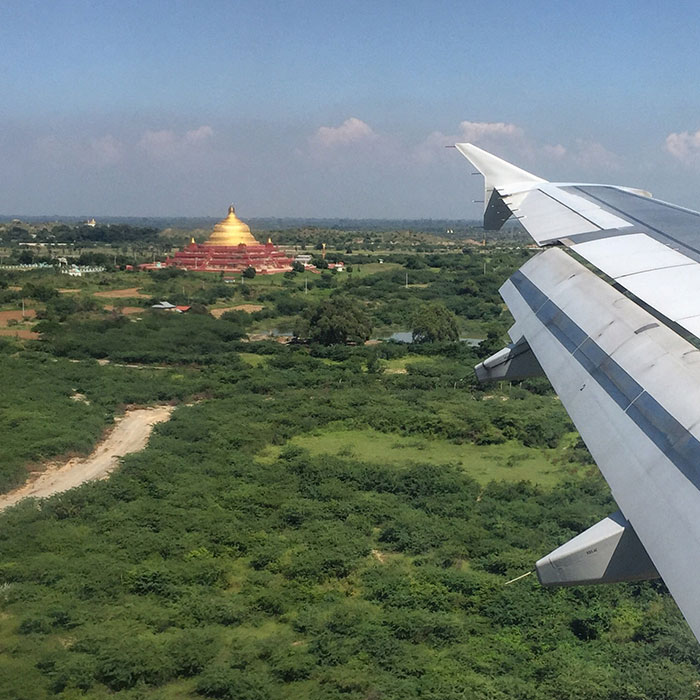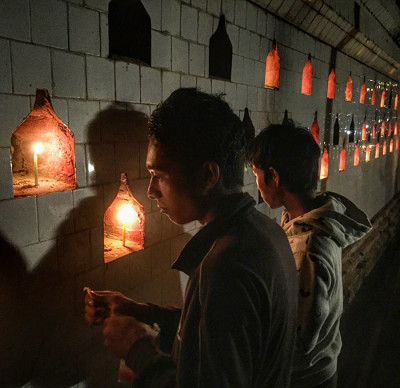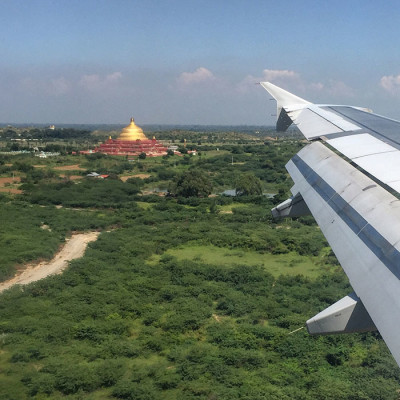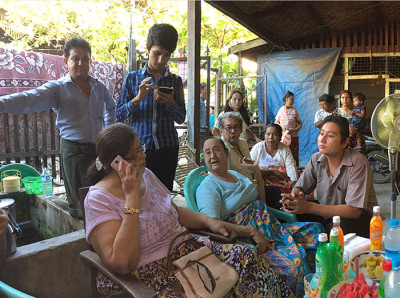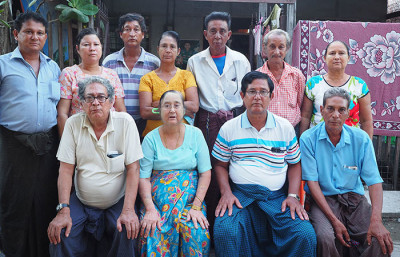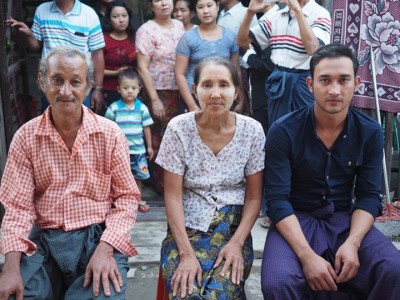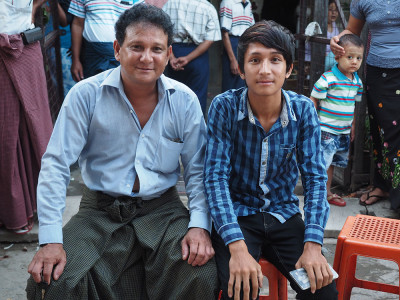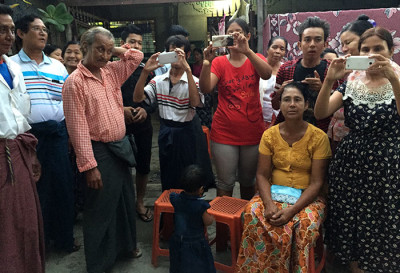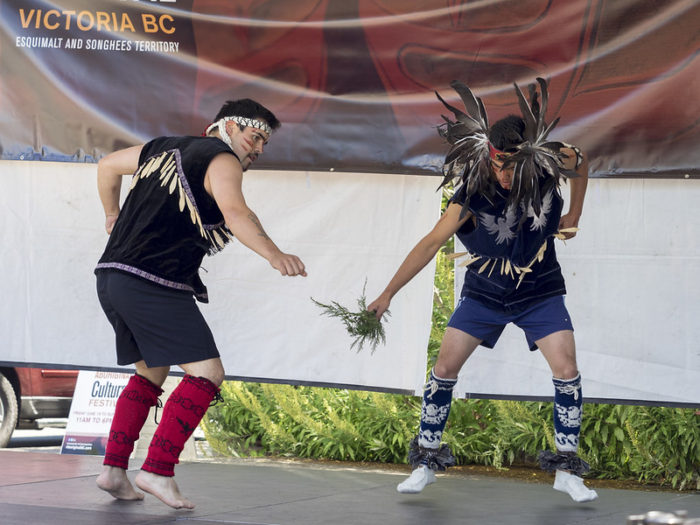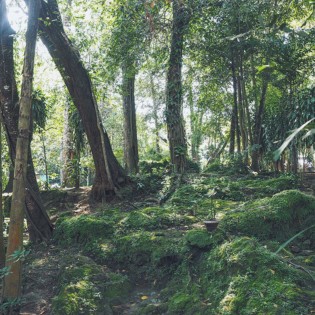On safari with the Olympus mirrorless camera and 75-300mm lens
In 2013, I kept hearing the term mirrorless and micro 4/3 but wasn’t sure exactly what it was. After some research and a visit to a camera store, I was sold on the Olympus mirrorless camera system and specifically the OM-D em5. I wanted a travel-friendly camera that uses interchangeable lenses that could eventually replace my heavy and cumbersome DSLR as well as compliment my iPhone photography.
My initial impressions were based on the way it felt in my hands, the solid build and how lightweight and compact it was in comparison to my Nikon camera body and lenses. One of the things I liked about the Olympus camera system was that they had a greater selection of lenses than any other mirrorless system as Panasonic lenses work on the Olympus camera bodies.
As you know, I advocate for the iPhone as a capable and fantastic camera and even made a case for photographing your safari with a smartphone. While I recommend taking photos with your iPhone, the camera in your pocket, sometimes you need more of a reach while on safari or photographing wildlife in the distance.
Hello Olympus.
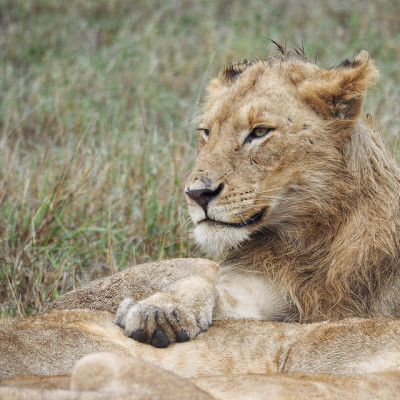
SWITCHING TO OLYMPUS
In the Autumn of 2013 was the OM-D e-m5 camera body, the 12-42mm 3.5-5.6, 45mm 1.8 and the 40-150mm f4.0-5.6 lenses. Then came the OM-D em-1, a contender for making a switch from DSLR to a mirrorless system for my photography business.
I purchased it and some prime lenses, a 17mm 1.8, 45mm 1.8 and 75mm 1.8 lenses. The em-5 became my backup camera and the 75mm 1.8 quickly became my favourite portrait lens out of the studio and the 45mm 1.8 lens became my favourite portrait lens in the studio.
I was impressed with what I was achieving with the Olympus system, even with ‘straight out of the camera’ images. It had been some time since I touched my Nikon camera, so I made the switch from DSLR to a mirrorless micro 4/3 system and haven’t looked back since. I travel everywhere with my Olympus camera and use it in the studio with my studio flash units and pocket wizard flash triggers; it works perfectly.
In 2014, the M. Zuiko 40-150 mm 2.8 pro lens made its debut and I could hardly wait. I received it just in time for a November 2014 trip to South Africa for a project I was working on there and also planning some time for a safari. One of my favourite captures with the lens is of a leopard in the Sabi Sands private game reserve.
THE OLYMPUS MIRRORLESS CAMERA SYSTEM ON SAFARI
The photo below is of a much-loved leopard known as Karula, and she was on the move. She was also travelling with a companion, a male leopard known as Tingana. They were mating so any chance of a shot, you had to be quick. Here’s the shot I captured of her as she looked my way for a second, literally.
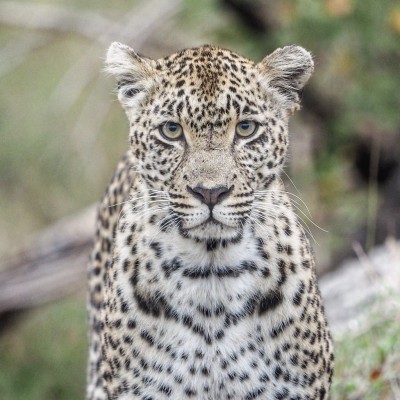
When on safari in a private game reserve, you get fairly close to the animals. The M. Zuiko 40-150mm 2.8 pro lens is a fantastic lens for the situation. It is fast, incredibly sharp and gives you an equivalent focal length of 80-300mm on a full-frame camera. Add the mc-14 teleconverter and it’s a fantastic combination. Keep in mind you lose 1 full stop with the teleconverter.
When on a self-drive or guided game drive in the Kruger National Park, the animals may not be as close and you must stay on the paved or dirt roads. In a private game reserve such as Sabi Sand, your guide can drive off-road if you’re tracking an animal. I’ve often needed a further reach in Kruger.
I read about the Olympus M.Zuiko Digital 75-300 mm f/4.8-6.7 ED II, a super-telephoto lens that is equivalent to a focal length of a 150-600mm lens on a full-frame camera. It is much smaller and lighter than the comparable focal length reach with a Nikon or Canon. Fortunately, I was able to get the lens on loan from Olympus, and I took it with me to South Africa for some wildlife photography testing.
ON SAFARI WITH THE OLYMPUS M. ZUIKO 75-300MM LENS
Here are some images using the lens while on safari in South Africa.
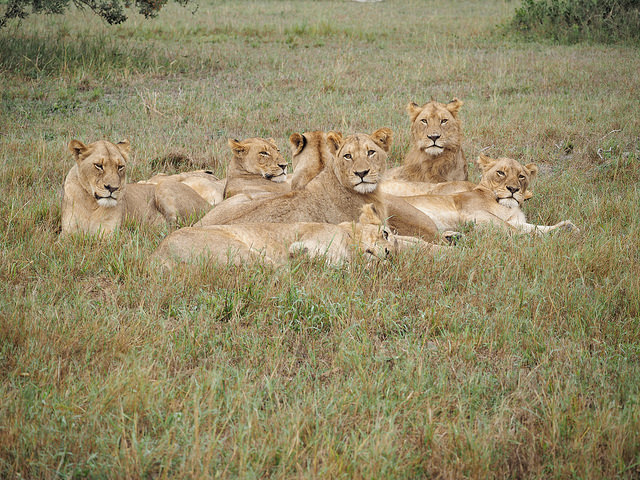
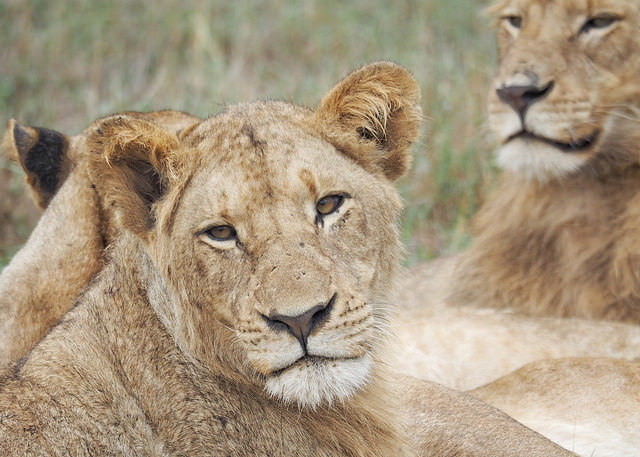
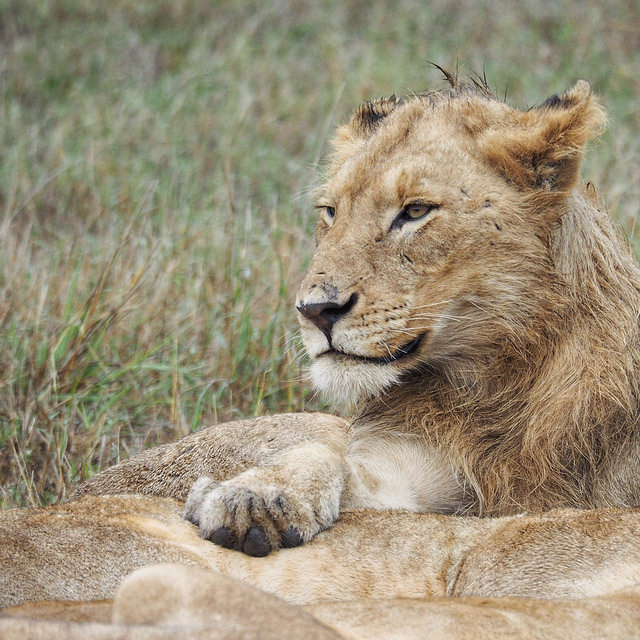
I was impressed especially considering these were handheld shots and I was in a safari game viewer with seven other passengers, not the stillest of conditions.
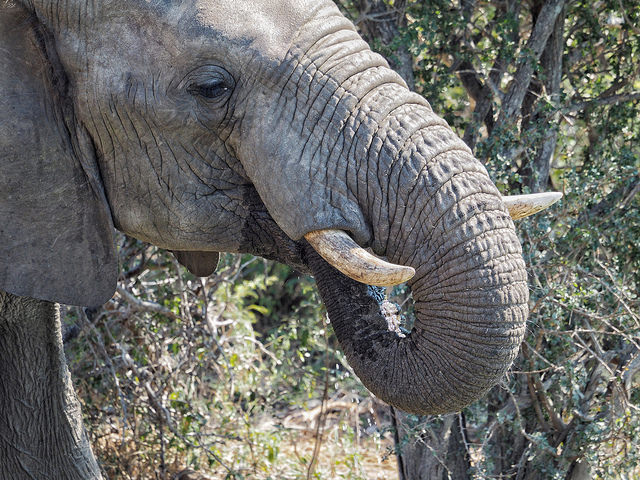
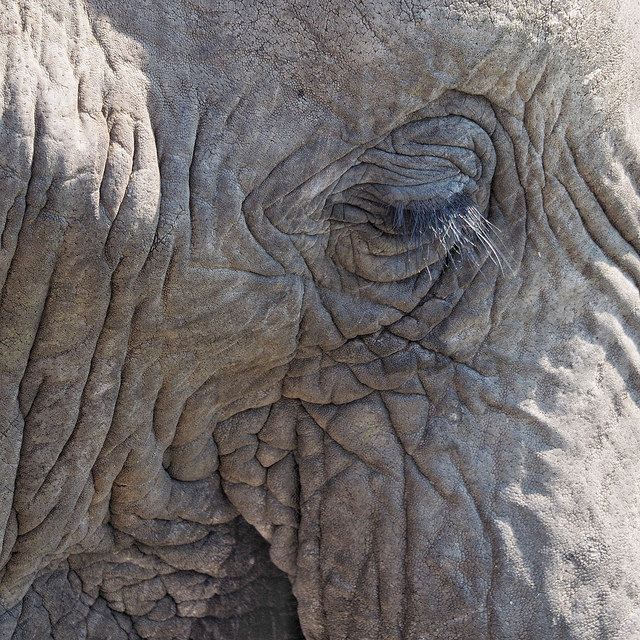
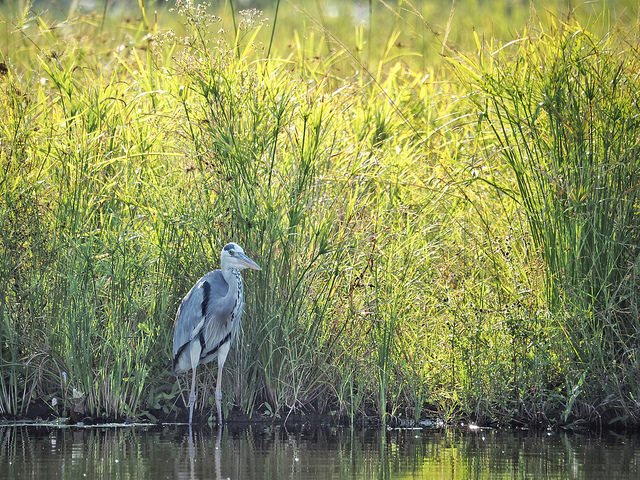
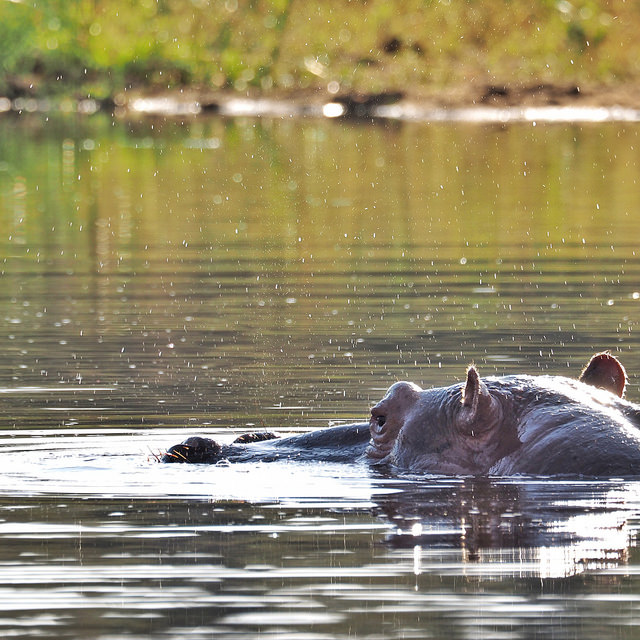
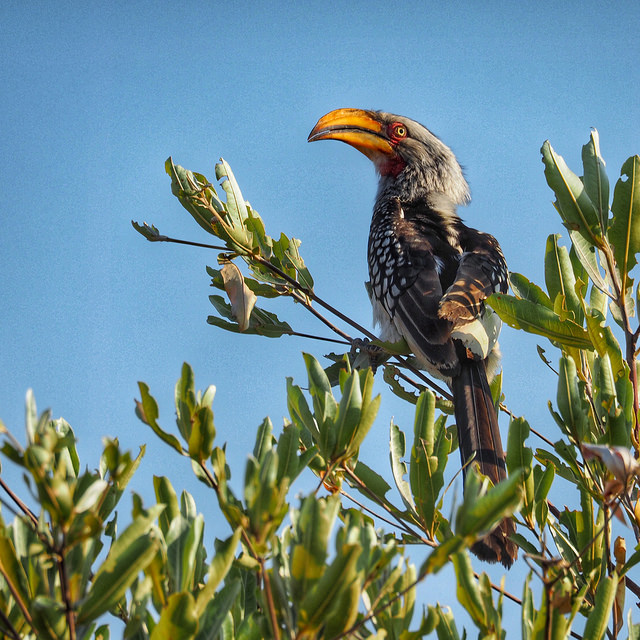
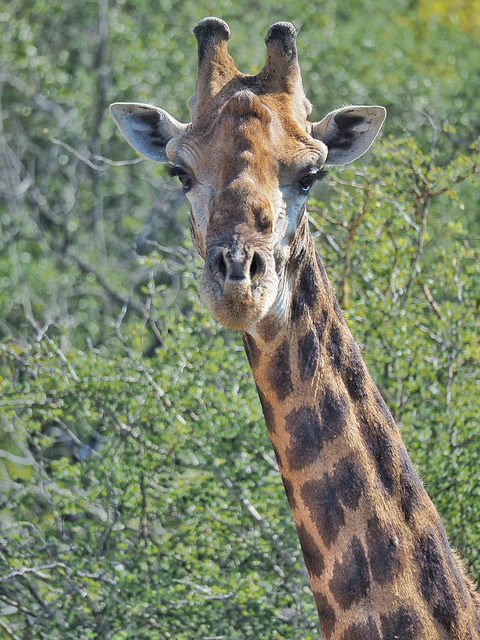
The quality you get for the price, the reach, the size, and weight make this lens one to add to the camera bag for anyone that is looking for a super-telephoto glass that travels well and doesn’t break the bank. It’s a great option for safari.
UPDATE AUGUST 2019
Olympus has since released an M. Zuiko 300mm F/4 IS pro lens and a 2x teleconverter that works with the M. Zuiko 40-150mm 2.8 pro lens and 300mm pro lens. I haven’t invested in the 300mm pro lens because I need the flexibility of a zoom lens as I do not want to travel with 2 camera bodies. I do however get to borrow the 300 mm F/4 pro lens from time to time for my Spring and Fall bird-watching activities.
In case you haven’t heard, Olympus announced a 150-400mm f/4.5 lens. I’m waiting to hear more about it, but I suspect it will be out of my budget. I’d like to test the Olympus M.Zuiko 12-200mm F3.5-6.3 lens. This could be in consideration for the one perfect travel lens, although I do love my 40-150mm f/2.8 lens.
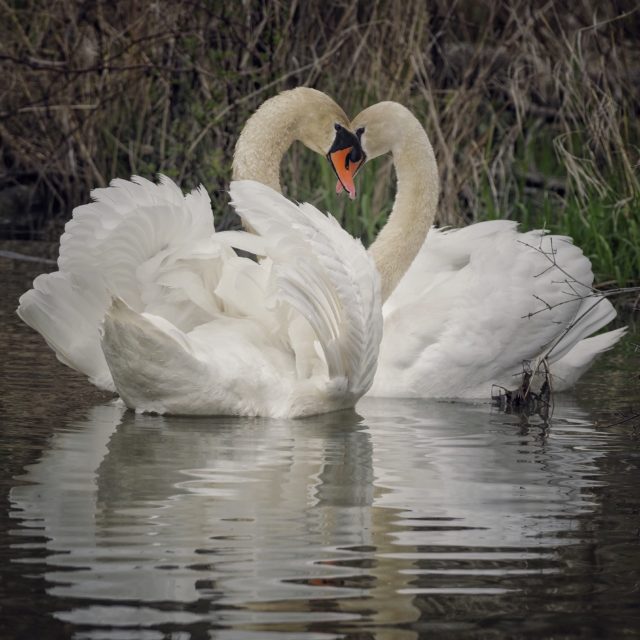
In October I’ll be leading a 7-day Cape Town photo tour. While in South Africa, I’ll once again be visiting Kruger National Park and the Greater Kruger area for safari. Stay tuned for a report on the new 2x teleconverter that I recently purchased.
Note: All Olympus camera bodies and lenses I own have been purchased by myself and have not been sponsored by Olympus. The Olympus M.Zuiko Digital 75-300 mm f/4.8-6.7 ED II was temporarily on loan to me from Olympus. All opinions, as always, are my own. I will only ever share reviews of products I find worthy of telling my readers.
Best camera and lenses for safari:
- Olympus OM-D em1 mark II
- M. Zuiko 40-150mm 2.8 pro lens fantastic zoom lens, so sharp
- M. Zuiko 12-40mm 2.8 pro lens a good everyday lens
- Olympus Digital 2x teleconverter
- Olympus 300mm F/4 IS pro
Other lenses I use and love and are great for travel:
- M. Zuiko 75-300mm 4.8-6.7 lens super-telephoto lens
- Olympus 12mm 2.0 lens for astrophotography and a solid wide-angle for landscape)
- Olympus 60mm 2.8 lens a fantastic macro lens & fixed shorter telephoto lens of 120mm
- Olympus 75mm 1.8 lens for portrait photography
- Olympus 17mm 1.8 lens for street photography
- Olympus 45mm 1.8 lens my in-studio portrait photography lens
Note: Some posts on this site may contain affiliate links to products and sites I recommend. Should you click through and purchase or book something through the link, I may earn a small commission. It is of no extra cost to you. As always, if you have any questions, please do not hesitate to connect with me. For the full disclosure policy, visit here.

